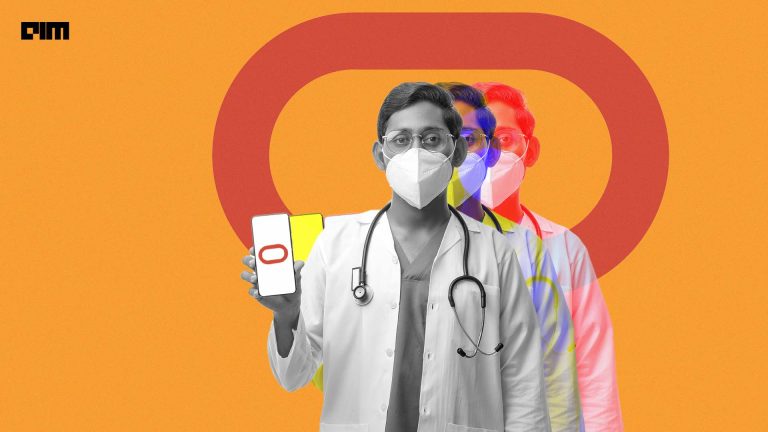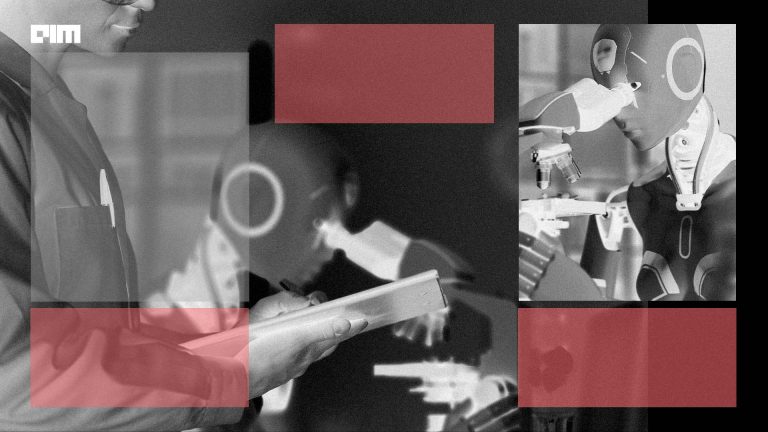Machine learning has shown significant improvement in healthcare. Researchers have developed models that can diagnose critical conditions like diabetic eye disease or metastatic breast cancer. The computer vision has been even tried for AR assisted surgeries. But why don’t we see more AI in healthcare?
Challenges are plaguing the ML community. Building algorithms is not straightforward. These nuances were discussed briefly by Rohit Ghosh, the founding member of Qure.ai at the ongoing Deep learning Developers Conference. The Deep Learning Developers Conference (DLDC 2020) is a two-day virtual event organised by the Association of Data Scientists(AdaSci). Rohit Ghosh, who is an R&D specialist and has played a critical role in the development of the computer vision portion of Qure.ai’s deep learning algorithms for radiology image processing, presented the audience with various challenges with regards to medical imaging.
Challenges In Medical Imaging
Data collection is one of the most challenging parts of any machine learning pipeline. More so, in the case of medical applications. Lapses in quality of data translate to misdiagnosis. Image dimensions and intensities of the scans that are fed to the ML models should satisfy certain benchmarks to attain human-level accuracy. In this close to an hour-long talk, Ghosh underlined the significance of dimensionality and how critical they are for reliable solutions.
Lack of Open Source Datasets
We might have seen datasets with millions of flower images and other trivial, everyday items. But, when it comes to medical imagery, the largest datasets have only a few hundreds of thousands of images. Ghosh explained that the algorithms that are built at Qure.ai might require at least 3 million images to work well. Lack of open-source datasets is a hindrance to the algorithm developers.
Lack of Transfer Learning
Transfer learning changed the way we do ML. But, there are still a few pressing questions bothering transfer learning in ML:
- How much of the original task has the model forgotten?
- Why don’t large models change as much as small models?
- Can we make more out of pre-trained weight statistics?
- Are the results similar to other tasks, such as segmentation?
Apart from these well-documented challenges, in this talk, Ghosh pointed out how difficult is transfer learning between the two body parts and added to this challenge is the lack of pre-training problem. Every case study might come with specific issues. That being said, Ghosh also agreed that every solution in medical AI need not be cutting edge. It just needs to be elegant so that it can address real-world problems in real-time.
Interpretability Challenge
Interpretability in ML is an active area of research currently. The problems extend to medical imaging as well. Only in this case, an incorrect decision can prove fatal. Ghosh explained how fractures in the skull could be mistaken for sutures. He likened this as finding a needle in a haystack. Sparsity problems are specific to medical imaging and need better models and domain-specific knowledge for proper decision making.
Domain expertise or Specific diagnosis knowledge too said Ghosh, is a long-standing problem, and this is what hinders the advancement of AI in healthcare. It is impossible for a computer science graduate to build algorithms that serve the same purpose as medical experts. Interdisciplinary collaboration is key going forward.
Apart from the ones mentioned above, a few other challenges that plagued the AI community are:
- High running costs.
- Finding the right group of researchers with interdisciplinary knowledge.
- Collecting enough data to prevent bias.
- Keeping the data private(for ex: Alexa suggesting drops by listening to coughing sounds).
Overcoming these challenges requires a lot of rework from the grassroots level. A good starting point can be an aggressive interdisciplinary collaboration and awareness. Healthcare professionals should be incentivised to learn about health data provenance, curation, integration and governance, the ethics of AI and autonomous systems or tools to accelerate transformation in the world of medicine.




















































































